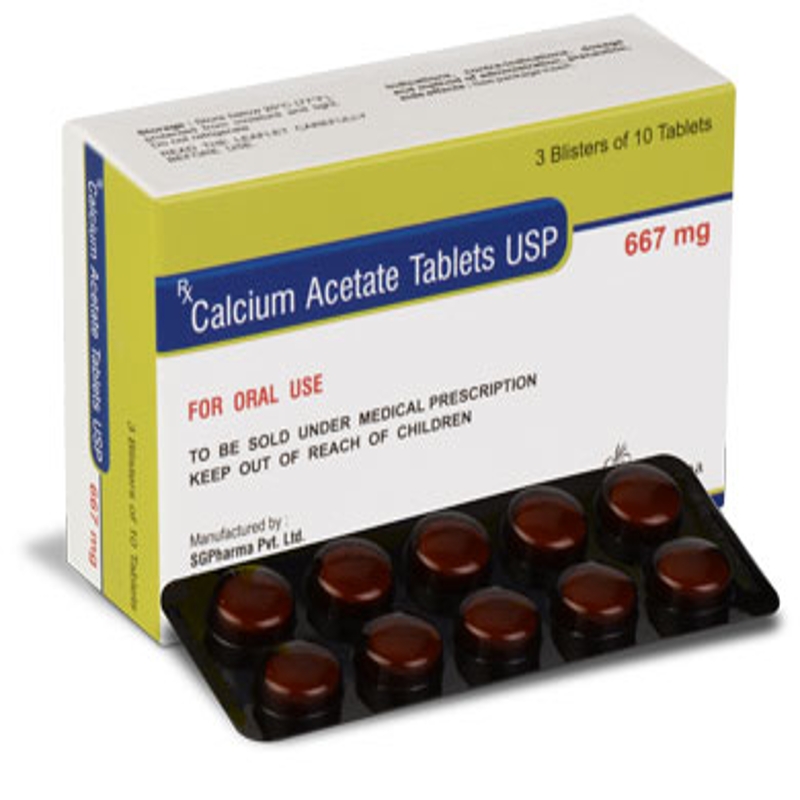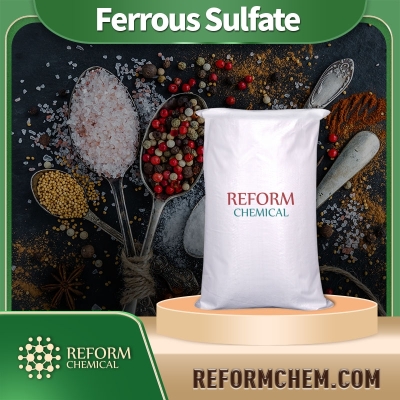-
Categories
-
Pharmaceutical Intermediates
-
Active Pharmaceutical Ingredients
-
Food Additives
- Industrial Coatings
- Agrochemicals
- Dyes and Pigments
- Surfactant
- Flavors and Fragrances
- Chemical Reagents
- Catalyst and Auxiliary
- Natural Products
- Inorganic Chemistry
-
Organic Chemistry
-
Biochemical Engineering
- Analytical Chemistry
-
Cosmetic Ingredient
- Water Treatment Chemical
-
Pharmaceutical Intermediates
Promotion
ECHEMI Mall
Wholesale
Weekly Price
Exhibition
News
-
Trade Service
iNature
It is unclear whether combination therapy with CD19 and CD22 chimeric antigen receptor T cells leads to durable event-free survival in children with refractory disease or high-risk B acute lymphoblastic leukemia, blood disease, or extramedullary relapse
。
On November 8, 2022, Shanghai Jiao Tong University, Sichuan University, the University of Hong Kong and St.
Jude Children's Research Hospital collaborated (Shanghai Jiao Tong University was the first), and Academician Ching-Hon Pui was the corresponding author in the Journal of Clinical Oncology (IF=51) published online entitled " Coadministration of CD19- and CD22-Directed
Chimeric Antigen Receptor T-Cell Therapy in Childhood B-Cell Acute
Lymphoblastic Leukemia: A Single-Arm, Multicenter, Phase II Trial", which identified CD19- and CD22- chimeric antigen receptors Safety and efficacy of (CAR) T cell combination in patients with refractory disease or high-risk hematologic disease or extramedullary recurrence of B acute lymphoblastic leukemia.
The study found CD19-/CD22-CAR
-T-cell therapy can achieve relatively durable remission in children with relapsed or refractory B acute lymphoblastic leukemia, including those
with isolated or extramyetic recurrence.
Shude Children's Research Hospital and other cooperation, Academician Ching-Hon Pui at Lancet Oncology (IF=54) titled "Pulse therapy with vincristine and dexamethasone for childhood acute lymphoblastic leukaemia (CCCG-ALL-2015): an open-label, multicentre, randomised, phase 3, non-inferiority trial", an open-label, multicenter, randomized, phase 3, non-inferiority trial involving 20 major medical centers
in China.
In children with low-risk acute lymphoblastic leukemia, vincristine plus dexamethasone can be withdrawn after 1 year of treatment
.
More research is needed on intermediate- and high-risk acute lymphoblastic leukemia (click to read).
On January 16, 2020, Academician Ching-Hon Pui published an online presentation entitled "" in JAMA Oncology (IF=33) in collaboration with Shanghai Jiao Tong University, Chongqing Medical University, Soochow University, Fudan University, and Shengshude Children's Research Hospital Effect of Dasatinib vs Imatinib in the Treatment of Pediatric Philadelphia Chromosome–Positive Acute Lymphoblastic Leukemia,A Randomized Clinical Trial This open-label, Phase 3 randomized clinical trial was conducted in 20 hospitals in
China.
The study found that intensive chemotherapy with dasatinib 80 mg/m2 daily produced superior results over imatinib mesylate 300 mg/m2 in the treatment of Philadelphia chromosome-positive ALL, and had a good control effect on central nervous system leukemia in the absence of prophylactic cranial radiotherapy ( Click to read).
Autologous CD19 directed chimeric antigen receptor (CAR) T-cell therapy has revolutionized the treatment of relapsed or refractory pediatric acute lymphoblastic leukemia (ALL).
Registry data showed that Tisagenlecleucel induced complete remission in 85.
5 percent of cases, and in 52.
4 percent of children treated with relapsed or refractory B-ALL of patients with 12-month event-free survival (EFS).
Approximately 50% of patients relapse within 1 year due to loss of CAR T cell persistence or CD19 due to splicing variants, acquired gene mutations, or lineage switching Loss
of antigens.
Although CD22-targeted CAR-T cell therapy induces 70%-80% of CD19-targeted CAR-T Patients who fail cell therapy have complete remission, but most patients relapse
.
These observations have led some researchers to use CAR-T cell therapy as a bridge to xenograft, while others have developed dual CD19/CD22-targeted therapies to overcome antigen evasion recurrence
.
CD19, CD22, CD19 and CD22 CAR T cells expand and persist in the blood (Figure from Journal of Clinical Oncology) three recent studies showed the safety and feasibility of CD19/CD22 dual-targeted CAR-T cell therapy, but the results were not superior to CD19-CAR-T Cell therapy
.
Three other studies tested continuous administration of CD19-CAR-T cells and CD22-CAR-T cells, with complete response rates of 96%, 100%, and respectively 85%, 1-year leukemia-free survival rates were 52.
9%, 79.
5% and 67.
5
。 Although this approach is associated with a low rate of antigen escape recurrence, limited CAR-T cell persistence raises concerns
about impending antigen-positive recurrence.
Preclinical studies have shown that CAR-T cells targeting CD19 can downregulate the expression
of CD22 in tumor cell line model subsets.
Therefore, the authors hypothesize that CD19 and CD22-targeted CAR-T cells combined therapy with ALL is the basic therapeutic principle ( Combination therapy can prevent the development of drug resistance) and preclinical models (while targeting can reduce the risk of antigen loss) will improve efficacy
.
In addition, combined administration will avoid repeated lymphatic-depleting chemotherapy, thereby eliminating CD19-CAR-T cells
.
Here, the authors report the results of
clinical trials using this treatment.
In 201Between 9/17/9 and 31/12/2021, the Phase II trial enrolled 225 assessable patients
aged ≤ 20 years.
The study began with a safe run-in phase to determine the recommended dose
.
After an interim analysis of the first 30 treated patients (27 treated at recommended doses), which showed that the treatment was safe and effective, the study recruited additional patients
based on the study design.
The study found that 99.
0% of 194 patients with refractory leukemia or recurrent blood diseases achieved complete remission, and trace residual disease were all negative
.
Their overall 12-month event-free survival (EFS) was 73.
5% (95% CI, 67.
3 ~ 80.
3).
Recurrence occurred in 43 patients (24 CD19+/CD22+ recurrence, 16 patients CD19-/CD22+ relapse, 1 case CD19-/CD22- recurrence , 2 cases of unknown recurrence).
Consolidation transplantation and persistent B-cell aplasia at 6 months are associated with
a good prognosis.
The EFS of 78 transplant patients at 12 months was 85.
0% (95% CI, 77.
2 ~ 93.
6), 116 The EFS at 12 months in patients who did not receive transplantation was 69.
2% (95% CI, 60.
8 ~ 78.
8) (p=0.
03, time-dependent covariate Cox).
model).
All 25 patients with 6-month persistent B-cell aplasia remained in remission at 12 months
.
The 12-month EFS of 20 patients with isolated testicular recurrence was 95.
0% (95% CI, 85.
9 ~ 100), 10 The 12-month EFS of patients with isolated central nervous system recurrence was 68.
6% (95% CI, 44.
5 ~ 100).
Cytokine release syndrome occurred in 198 (88.
0%) patients, and CAR-T occurred in 47 (20.
9%) patients Cytotoxicity, resulting in 3 deaths
.
CD19-/CD22-CAR-T cell therapy can achieve relatively durable remission in children with relapsed or refractory B acute lymphoblastic leukemia, including patients
with isolated or extramyetic recurrence.
Original link: https://ascopubs.
org/doi/pdf/10.
1200/JCO.
22.
01214?role=tab
—END—
The content is [iNature]







